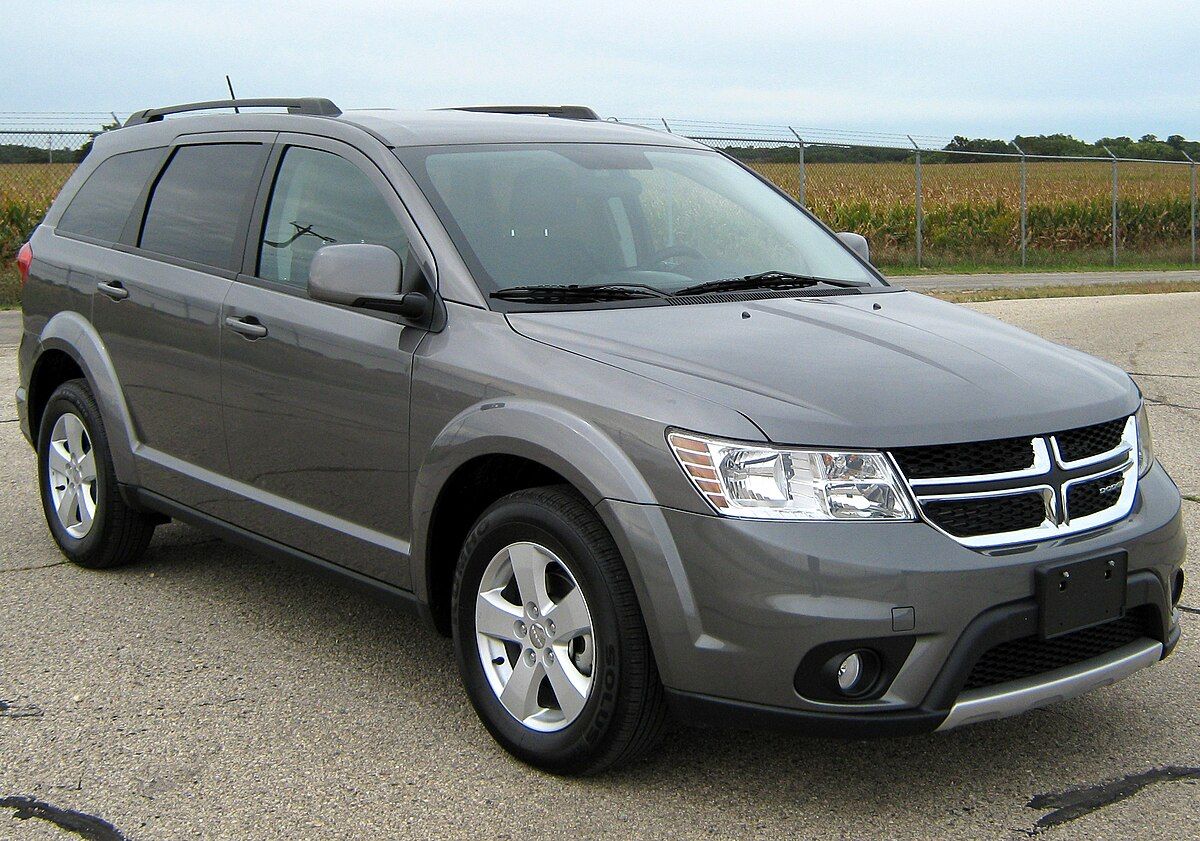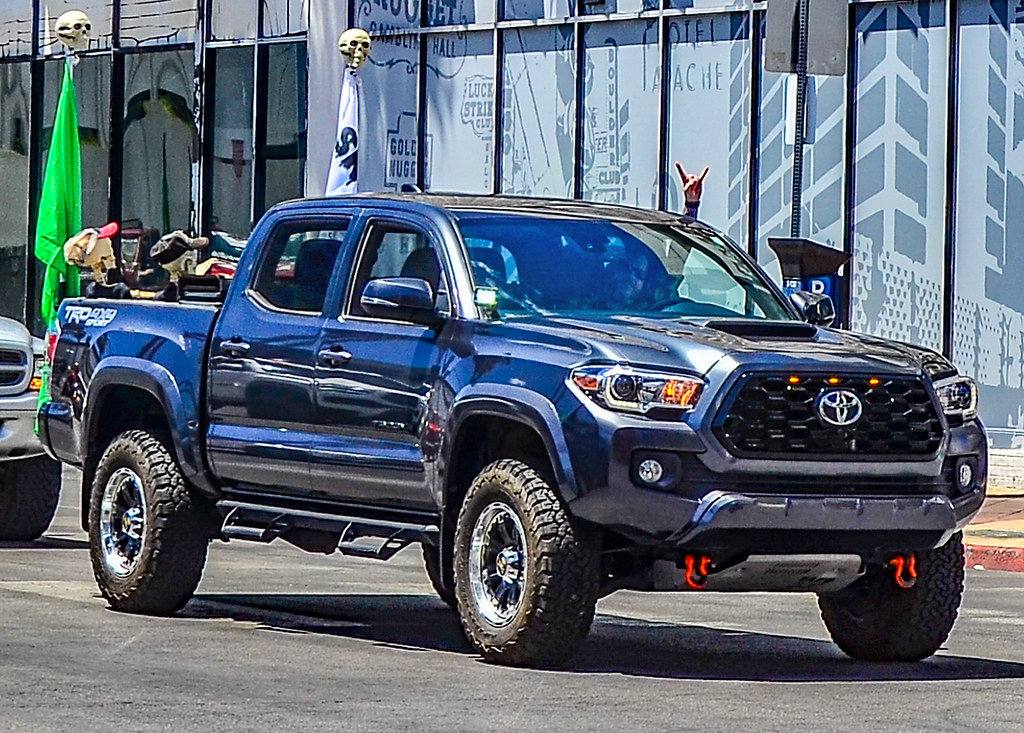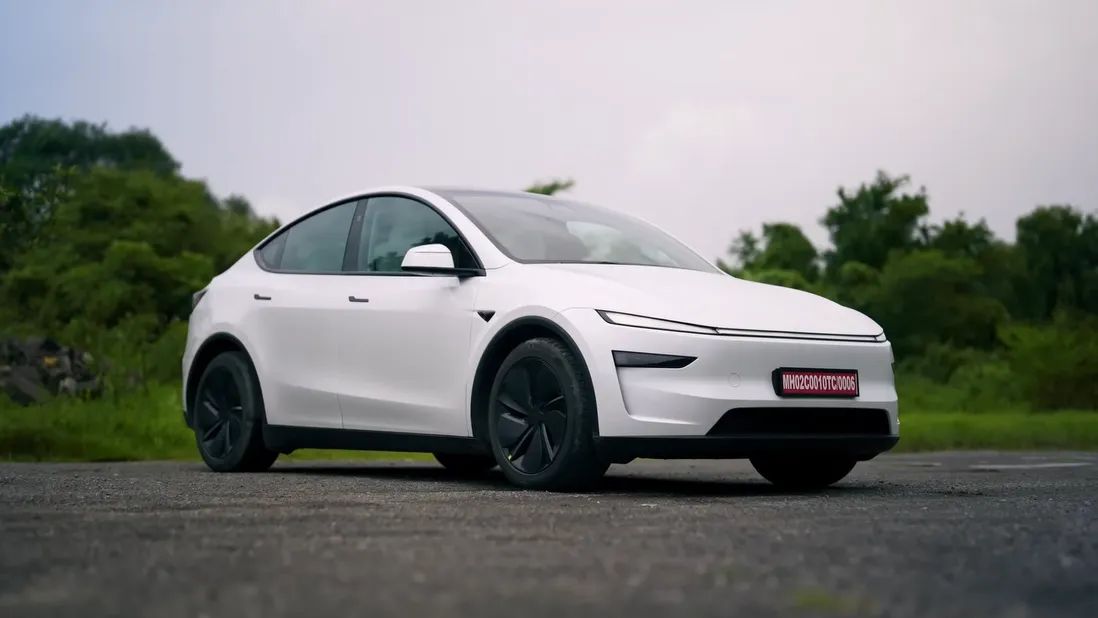
Owning a Tesla often gives the impression of stepping into the future, representing a seamless integration of cutting-edge technology, remarkable performance, and a sleek, modern design. Many drivers are attracted to the brand due to its innovation and its pivotal role in the evolving electric vehicle market. However, as with any substantial investment, especially one at the forefront of technological advancement, there are subtleties and potential drawbacks that can turn the dream of Tesla ownership into a source of unforeseen financial burden and frustration. It is imperative for both prospective and current Tesla owners to navigate these challenges with a clear comprehension of the common mistakes that can result in thousands of dollars in avoidable expenses and considerable buyer’s remorse.
While the appeal of a Tesla is undeniable, an objective examination discloses a landscape dotted with specific issues that, if not addressed proactively, can significantly detract from the ownership experience. From daily operational practices to critical purchasing decisions and a lack of foresight concerning maintenance and depreciation, many owners find themselves unprepared. This article, based on objective analysis and consumer-oriented insights, aims to highlight the most frequent and costly errors reported by Tesla owners, enabling you to make well-informed decisions and protect your investment.
Our dedication is to offer impartial, practical information, derived directly from reported experiences and expert recommendations. By understanding these common pitfalls, you can potentially save a significant amount of money, avoid unnecessary stress, and truly optimize the value and enjoyment of your Tesla. Let us delve into the first set of critical mistakes that frequently affect Tesla owners, detailing how to avoid these costly errors.
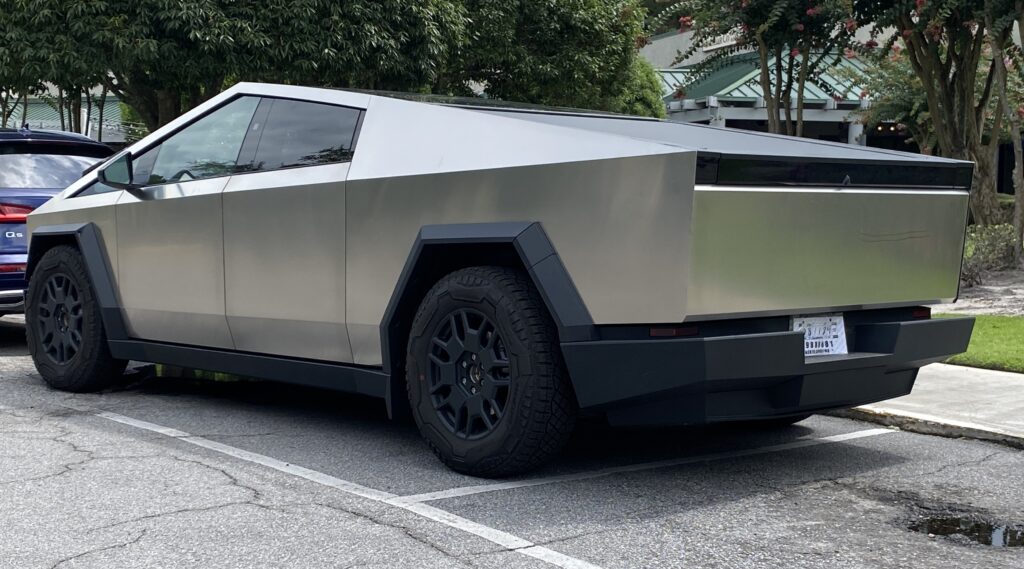
1. **Poor Battery Charging Practices** The battery is unquestionably the core of your Tesla, and its longevity is directly related to your charging habits. While a Tesla battery is designed to endure over 200,000 miles, improper charging can substantially impair its health, potentially resulting in a replacement cost that rivals the price of the entire vehicle. Understanding and adhering to Tesla’s charging recommendations is of utmost importance in preserving this vital component and avoiding a substantial future expense.
One of the most crucial recommendations for the majority of Tesla models is to refrain from consistently charging the battery to 100%. Over time, this practice can expedite battery degradation. Tesla itself suggests that owners typically charge only up to 80% unless a long journey is specifically planned. Similarly, permitting the car to remain idle for extended periods with a charge below 20% can also place stress on the battery, contributing to its premature deterioration.
Furthermore, depending solely on DC fast charging or Supercharging for daily use, while convenient, can also impose undue strain on the battery. These high-power charging methods produce more heat, which can contribute to long-term degradation. For routine charging, employing slower AC charging methods at home or work is often the more gentle and battery-friendly approach, ensuring that your Tesla’s most expensive component remains in better condition for a longer period.
Read more about: Inside Tesla’s Factories: A Deep Dive into Allegations of Racism, Drug Use, and Unsafe Labor Practices
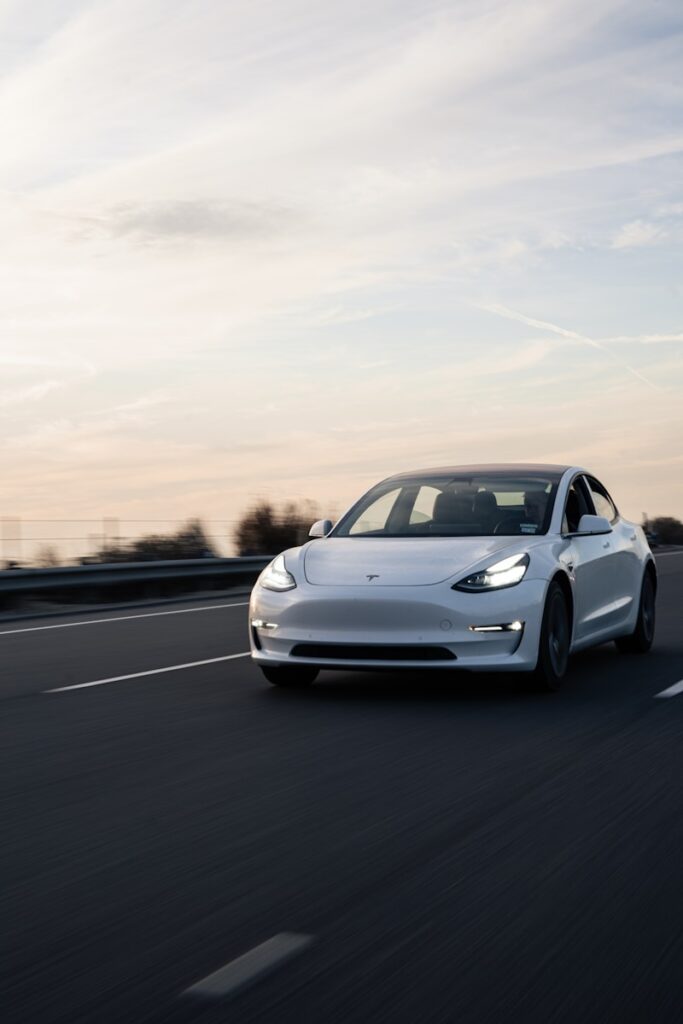
2. **Not Setting Sentry Mode Judiciously** Tesla’s Sentry Mode is a highly acclaimed security feature, engineered to deter potential threats and offer valuable evidence in the event of accidents, break-ins, or theft. When activated, the car’s cameras and sensors remain powered on, prepared to capture any suspicious activity. This technology can serve as an excellent asset for ensuring peace of mind, but its continuous operation can also turn into an unforeseen financial burden if not managed prudently.
Leaving Sentry Mode continuously active, especially in secure locations such as a private garage, can substantially deplete your vehicle’s battery. This ongoing power consumption directly translates into increased electricity usage, potentially costing owners hundreds of dollars each year in charging expenses. It is a classic illustration of a digital function that, while advantageous, can be either underutilized or, conversely, overutilized to the owner’s disadvantage.
The key lies in judicious utilization. While entirely disregarding Sentry Mode could indeed result in greater stress and financial loss stemming from actual incidents, keeping it on at all times in unnecessary situations is inefficient. Owners should contemplate activating it solely when parking in less secure or public areas where monitoring is truly beneficial, achieving a balance between security and battery efficiency to avoid escalating operational costs.
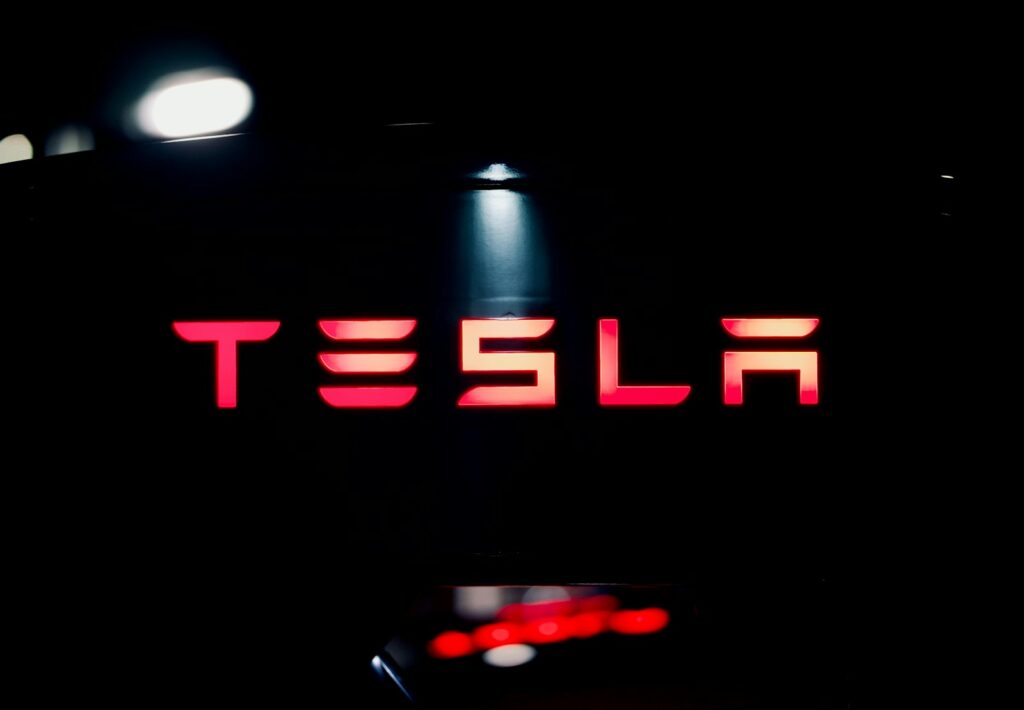
3. **Purchasing Full Self-Driving (FSD)** For years, Elon Musk has set forth ambitious timelines for Tesla’s Full Self-Driving (FSD) system to attain full autonomy, pledging a future in which human intervention is no longer necessary. Despite these grand predictions, the reality is that Tesla’s FSD system, even at its current high price point—ranging from 8,000 to 12,000 as indicated in various reports—does not possess full autonomy in any practical sense. This substantial investment frequently generates a return that falls well short of owners’ expectations.
Every Tesla vehicle is already outfitted with the standard Autopilot safety feature, which encompasses Traffic-Aware Cruise Control and Autosteer. For the average American Tesla driver, these standard features are more than adequate for the majority of daily driving situations, offering a high degree of assistance and safety. The additional capabilities provided by FSD, while beneficial, often amount to little more than improved driving cues rather than genuine self-driving functionality.
Numerous experts and owners agree that paying a significant sum for FSD is, in essence, an investment in a promise that has yet to be fully realized. By the time FSD potentially reaches its full, promised potential, many owners are likely to have already sold their vehicles. This renders the purchase of FSD for its current capabilities a rather “self-delusional” investment for many, diverting thousands of dollars that could be allocated more efficiently.
Read more about: The Real Story of Buying a Tesla: Decisions, Challenges, and a Dead Battery Surprise

4. **Improper Car Washing Techniques** Maintaining the pristine exterior of a Tesla necessitates a more sophisticated approach than that required for many traditional vehicles, a detail frequently overlooked by new owners. Tesla vehicles are renowned for employing a thinner, single – stage paint system and softer, water – based paint. While innovative, this composition renders the exterior coat more vulnerable to damage from environmental factors and, crucially, from improper washing techniques.
Tree sap, bird droppings, prolonged exposure to sunlight, and everyday driving debris can all contribute to the degradation of the paint finish. However, aggressive or incorrect washing methods present a significant and preventable risk. Automatic car washes that utilize brushes or harsh chemicals can readily inflict swirl marks, scratches, and micro – abrasions on Tesla’s softer paint, diminishing its aesthetic appeal and long – term protective qualities.
Tesla officially advocates either hand – washing or using a touchless car wash to minimize the likelihood of paint damage. For those seeking enhanced protection and peace of mind, investing in paint protection film (PPF), a vinyl wrap, or a ceramic coating can provide a vital barrier against wear and tear. Regular cleaning and waxing, combined with parking indoors or out of direct sunlight whenever feasible, are also indispensable practices for preserving your Tesla’s exterior.
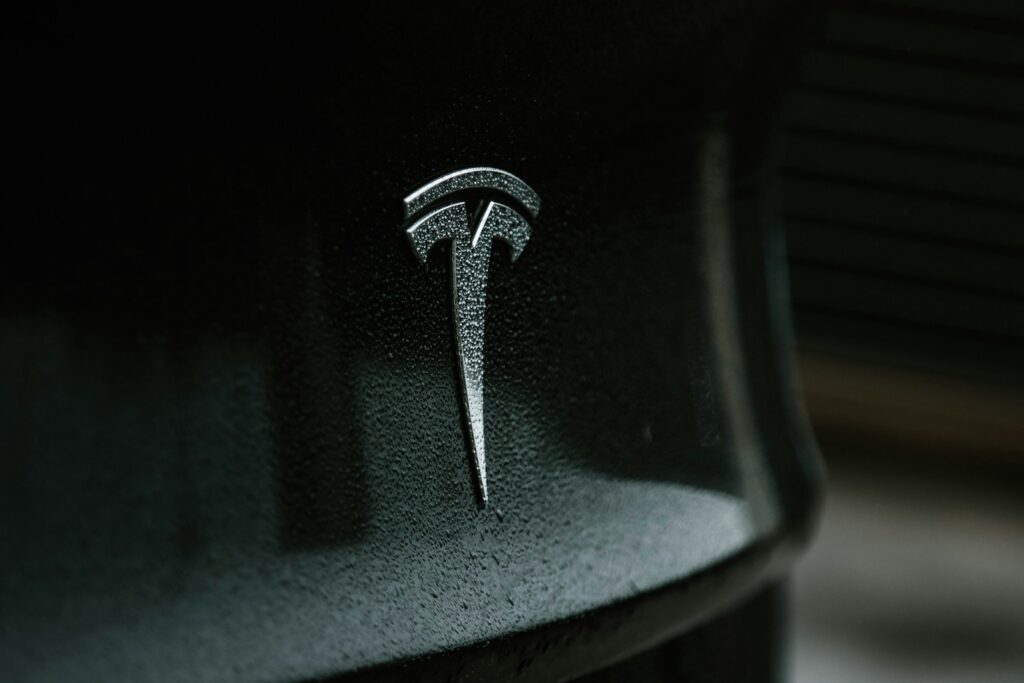
5. **Ignoring Quality Control Checks on Delivery** Despite Tesla’s reputation as a cutting – edge innovator, it remains a relatively young automotive manufacturer. Like any company undergoing rapid growth, it has encountered “growing pains in quality control.” This often manifests as minor fit – and – finish issues that, while sometimes appearing superficial, can be exasperating for owners who have made a substantial investment in a premium vehicle. A common error made by new owners is the failure to conduct a thorough inspection of their vehicle upon delivery.
During the handover process, it is absolutely imperative to subject your new Tesla to a meticulous examination. Owners have reported a variety of issues, ranging from cosmetic defects such as misaligned panels, paint imperfections, and interior blemishes to more subtle mechanical problems that may not be immediately evident. These issues can arise across various models and affect the overall satisfaction of ownership.
By carefully scrutinizing every detail, from exterior bodywork to interior finishes and basic functions, new owners can promptly identify any discrepancies. Noting even the most minute issues enables you to address them with Tesla’s service team immediately and request repairs under warranty. Proactive inspection ensures that any existing defects are documented and rectified before they escalate into larger, more expensive, or more exasperating problems in the future.
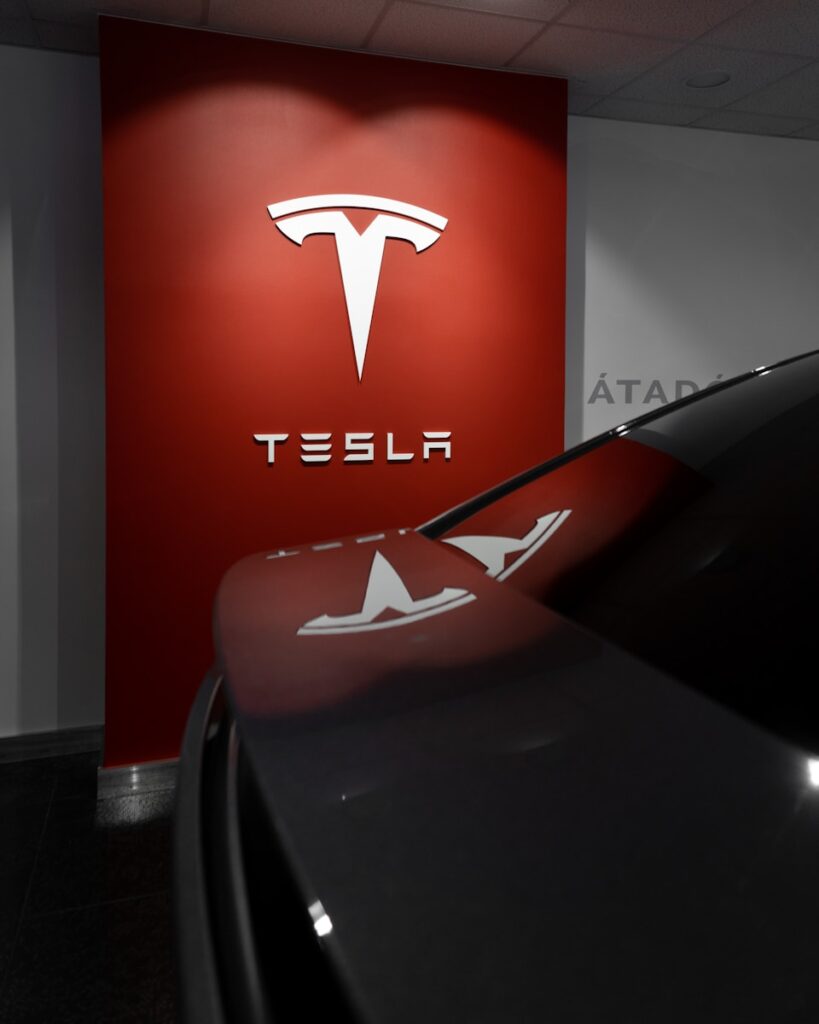
6. **Neglecting to Account for High Maintenance & Insurance Costs** While Tesla vehicles are lauded for their efficiency and advanced technology, numerous owners are taken aback by the unexpectedly high maintenance and insurance costs associated with them. Unlike traditional gasoline – powered cars, Teslas require specialized care owing to their complex electrical systems and unique components. This often results in higher service fees and potentially more frequent visits to specialized service centers, representing a significant departure from conventional vehicle ownership.
One of the most substantial potential expenditures is battery replacement, which can amount to thousands of dollars, posing a major financial burden. Additionally, insurance premiums for Teslas tend to be significantly higher than the average. This is largely attributable to the advanced technology embedded in the vehicles, which renders parts more expensive to replace and repairs more complex, thereby elevating the risk assessment for insurers.
These unforeseen expenses can rapidly strain an owner’s budget, even for those who regard themselves as well – prepared. The financial ramifications extend beyond the initial purchase price, encompassing ongoing operational costs that frequently exceed what owners anticipate for a seemingly low – maintenance electric vehicle. Understanding these financial realities in advance is imperative to avoid post – purchase regret and ensure long – term affordability.
Read more about: Georgetown Scholar’s Landmark Victory Amidst Sweeping Immigration Crackdown: Navigating the Complexities of U.S. Visas for International Academics

7. **Underestimating Rapid Depreciation** A stark financial reality for numerous car owners, particularly those of new vehicles, is depreciation—the consistent decline in a car’s value over time. Regrettably, for Tesla owners, this financial repercussion can be especially pronounced. While all new cars typically experience a substantial loss in value shortly after purchase (approximately 20% in the first year for most vehicles), electric vehicles, and Teslas in particular, have exhibited a tendency to depreciate at an even faster pace.
A 2023 study conducted by iSeeCars revealed that electric vehicles lose their value at an average rate of 49% within the first five years, a rate considerably higher than the roughly 39% for all vehicles combined. Teslas are among the vehicles that encounter the most significant challenges in retaining their value, with models such as the Model 3 losing an average of 43% of their value over five years. This rapid depreciation can be a bitter pill for owners to accept.
Many purchasers aspire to resell their vehicle at a competitive price, but the accelerated depreciation of Teslas implies that the resale value often drops significantly below expectations, as exemplified by the experience of one owner who still owed more than her Model 3 was worth after a few years. Acknowledging that a new car, especially a Tesla, is a depreciating asset rather than an appreciating investment is a crucial insight to avert financial disappointment and buyer’s remorse.
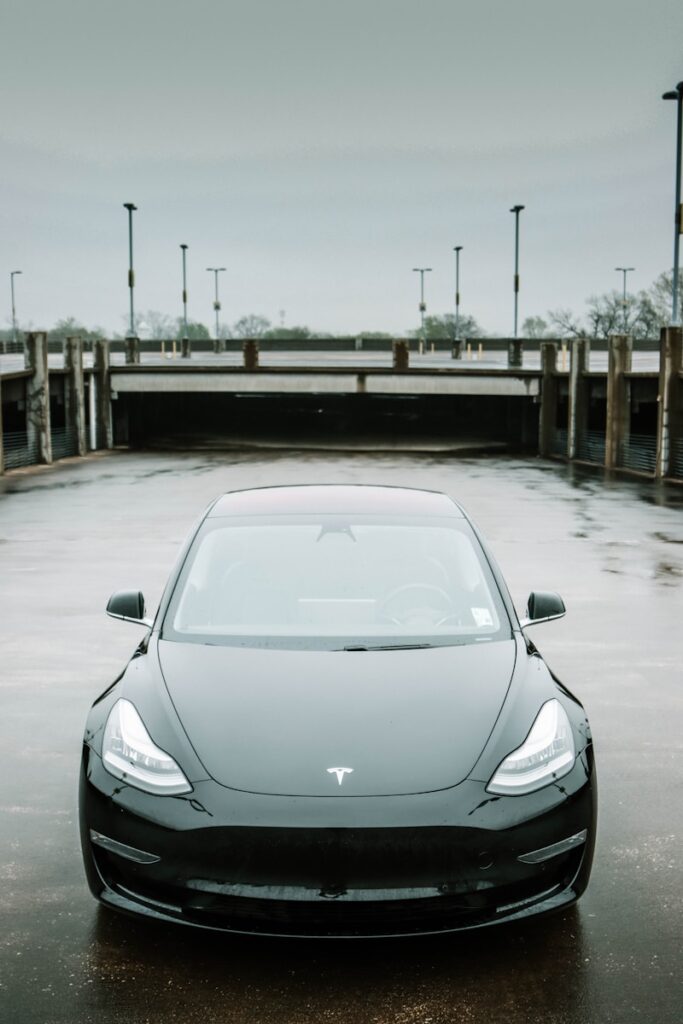
8. **Neglecting Trunk Height Adjustment** A common, yet readily avoidable, oversight among new Tesla owners is the failure to set the vehicle’s trunk height. While the expansive opening of a Tesla trunk is frequently lauded for its utility and ease of loading, this very feature can turn into a source of frustration and unanticipated expense if not properly managed, particularly for owners who park in enclosed spaces such as residential garages. The informative Vegas Tesla Family channel on YouTube aptly illustrated this pitfall, explaining why it is a concern: “Tesla trunks have very large openings, which is great until you park in your garage and your trunk opens all the way and hits the top of your garage, leaving a small dent or scratch right on the back,” as explained by the video’s host. This specific vulnerability is evidence of the fact that even seemingly minor design elements can result in significant issues without proper user awareness.
This seemingly minor issue can rapidly escalate into a substantial financial burden, as bodywork repairs for such damage are often costly and inconvenient. The simplicity of adjusting the trunk’s opening height stands in sharp contrast to the potential cost and inconvenience of rectifying preventable cosmetic damage. As the Vegas Tesla Family points out, “Setting your trunk’s height is simple, but having to undergo expensive bodywork for such an annoying reason will be difficult to justify.” Owners can proactively prevent this by taking a few moments during the initial setup to program the trunk to open to a safe height that clears any overhead obstructions. This small, proactive measure ensures that what should be a convenience does not become a costly mistake, safeguarding both the vehicle’s aesthetics and the owner’s finances.
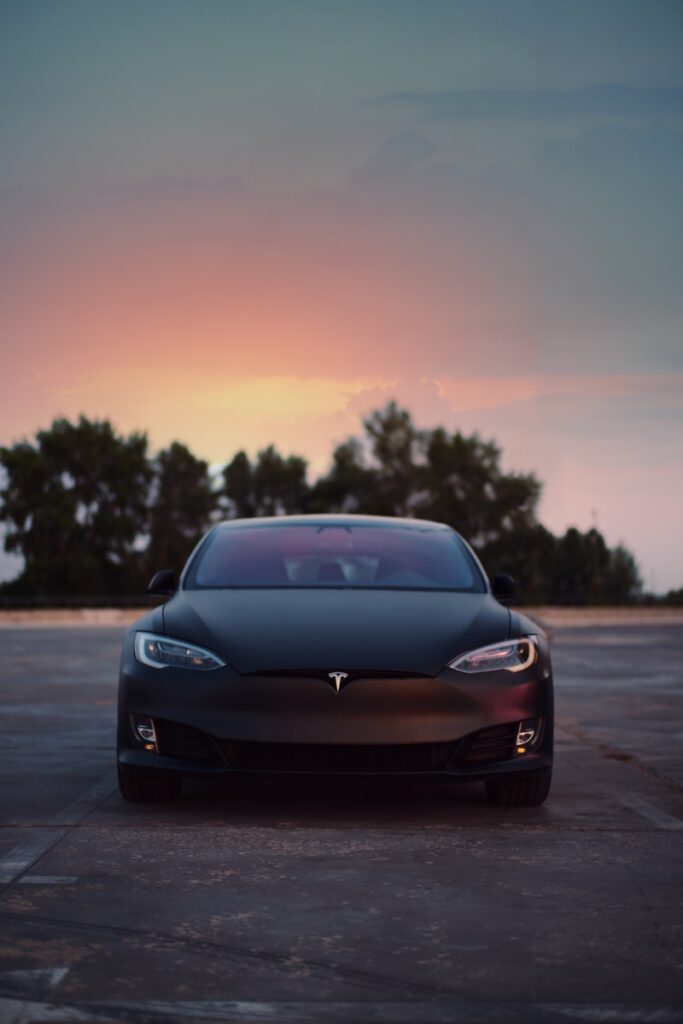
9. **Misjudging Optimal Range for Personal Use** Tesla owners frequently find themselves at a crossroads when selecting a model: should they choose maximum range, or is a more modest range adequate? A common error is misjudging the optimal battery range for their individual driving habits, resulting in either unnecessary expenditures or unexpected limitations. Ryan Shaw, a Tesla expert, emphasizes this point, noting that people often “purchase the Tesla with the longest range, for example, opting for the Long Range Model 3 over the RWD.” If an owner has convenient home charging facilities and does not have an extensive daily commute, buying a vehicle with a higher range may not be the most judicious choice. The additional range entails a higher initial purchase price, increased battery weight, and potentially less efficient daily operation without a proportional benefit in terms of convenience or utility.
Conversely, underestimating one’s range requirements can also cause significant inconvenience and stress, as Shaw points out in his discussion of the “too little range” mistake. If an owner resides in an apartment without reliable home charging access or has a long daily commute, a vehicle with a shorter range might prove insufficient. This situation often necessitates frequent reliance on public Superchargers, which can consume considerable time and induce substantial range anxiety, particularly during longer journeys where charging stops become a crucial and sometimes inconvenient aspect of trip planning. Understanding one’s specific driving patterns—whether primarily city driving, daily long-distance commuting, or frequent interstate travel—is of paramount importance in selecting a Tesla model whose range capabilities genuinely align with individual needs, thereby avoiding both overspending on unnecessary capacity and the daily frustrations associated with insufficient range.
Car Model Information: 2017 Toyota Camry SE
Name: Tesla Model 3
Manufacturer: Tesla, Inc.
Production: 2017–present
Assembly: unbulleted list
Designer: Franz von Holzhausen
Class: Mid-size car
BodyStyle: Sedan (car)
Layout: unbulleted list
Related: Tesla Model Y
Motor: unbulleted list
Transmission: Single-speed fixed (9:1 ratio)
Battery: unbulleted list
ElectricRange: unbulleted list
Charging: unbulleted list
Wheelbase: cvt
Length: unbulleted list
Width: cvt
Height: unbulleted list
Weight: cvt
Caption: 2019 Tesla Model 3 Performance
Categories: 2020s cars, ANCAP large family cars, All-wheel-drive vehicles, All Wikipedia articles in need of updating, All Wikipedia articles written in American English
Summary: The Tesla Model 3 is a battery electric powered mid-size sedan with a fastback body style built by Tesla, Inc., introduced in 2017. The vehicle is marketed as being more affordable to more people than previous models made by Tesla. The Model 3 was the world’s top-selling plug-in electric car for three years, from 2018 to 2020, before the Tesla Model Y, a crossover SUV based on the Model 3 chassis, took the top spot. In June 2021, the Model 3 became the first electric car to pass global sales of 1 million.
A facelifted Model 3 with revamped interior and exterior styling was introduced in late 2023 for countries supplied by Gigafactory Shanghai and in early 2024 in North America and other countries supplied by the Tesla Fremont Factory.
Get more information about: Tesla Model 3
Buying a high-performing used car >>>
Brand: Tesla Model: Model 3
Price: $15,995 Mileage: 41,772 mi.
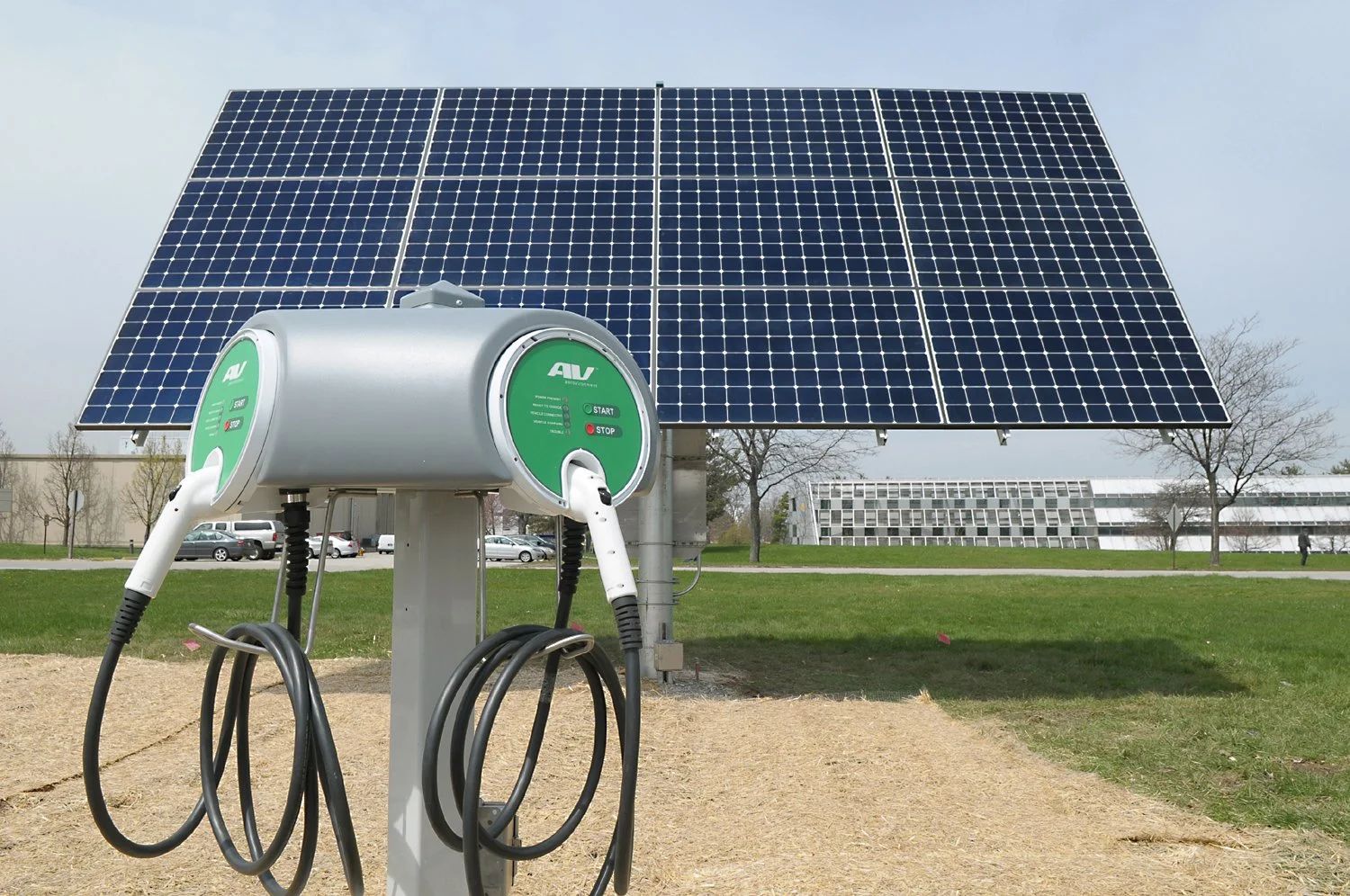
10. **Underestimating Charging Infrastructure Challenges** While Tesla has made substantial investments in developing its Supercharger network, a persistent challenge for many owners persists in the limitations of the broader charging infrastructure, particularly outside densely populated urban areas. The prospect of seamless electric vehicle travel can be compromised when reliable and easily accessible charging stations are scarce, resulting in significant detours, extended wait times, and overall inconvenience. This issue has been aggravated by recent developments, including reports that Elon Musk has reduced the workforce involved in the Supercharger network, stating that Tesla “still intends to expand the Supercharger network, albeit at a slower pace for new locations and with greater emphasis on 100% uptime and the enhancement of existing locations.” This shift suggests that new owners might encounter a less rapidly expanding network than previously expected.
For owners accustomed to the swift refueling of gasoline vehicles, adapting to the intricacies of EV charging can be a source of considerable frustration. Even in urban areas, charging stations can be congested, as noted in reports, leading to long queues and reduced convenience. Buzzfeed underscores how “locating a charging station may necessitate significant detours,” and “charging stations can be crowded, resulting in long wait times,” a significant drawback. A proactive strategy for charging is therefore imperative: planning trips in advance, identifying available charging points along a route, and, ideally, implementing adequate home charging solutions are crucial steps to alleviate this common predicament. Ryan Shaw also cautions against “Not Planning Ahead For Charging,” emphasizing the importance of knowing the locations of nearby chargers or having adequate home charging, particularly for apartment residents. This foresight can ensure a seamless, anxiety-free ownership experience and prevent unexpected delays or range anxiety.
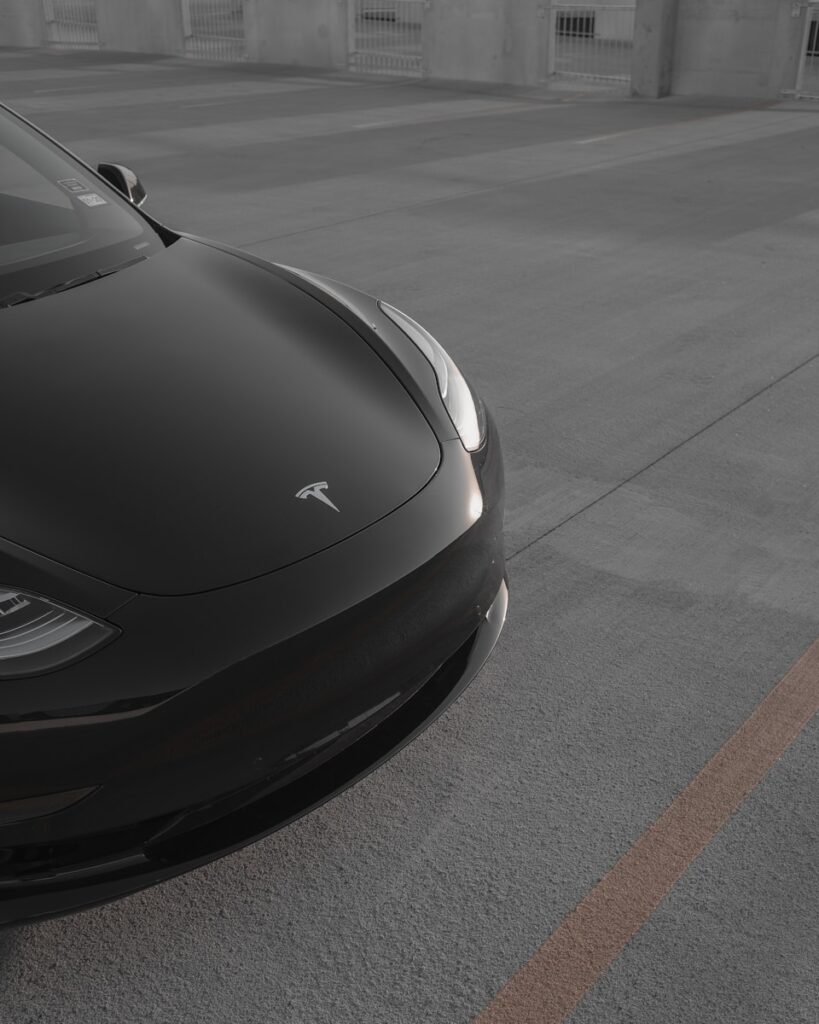
11. **Overlooking the Impact of Wheel Choices on Performance and Cost** When configuring a new Tesla, buyers are confronted with a variety of wheel options, which can significantly influence both the vehicle’s aesthetic charm and its practical performance. A common error, as identified by Tesla expert Ryan Shaw, is “Purchasing the Incorrect Wheels,” where owners predominantly select larger or sportier wheels for their visual impact without fully comprehending their broader ramifications. While these premium wheel options often entail a higher initial cost, their impact extends beyond mere aesthetics, affecting crucial aspects of the driving experience.
Shaw explicitly asserts that “With entry-level wheels, you achieve greater range and enhanced ride quality,” while “With larger wheels, you incur higher costs, experience harsher ride quality, and obtain less range – only handling and aesthetics are improved.” This trade-off implies that opting for larger wheels can result in a noticeably harsher ride quality compared to the standard options, directly affecting passenger comfort. More significantly, their increased weight and aerodynamic characteristics necessitate more energy, leading to a reduction in the vehicle’s overall range. Unless a driver’s primary concern is enhanced handling for aggressive driving, the financial expenditure and practical compromises associated with upgraded wheels often outweigh their perceived advantages. Informed consumers will acknowledge that standard wheels frequently provide a more comfortable ride and better range, representing a more economically prudent and functionally superior choice for daily driving, in line with the “save your money” advice commonly given to consumers.
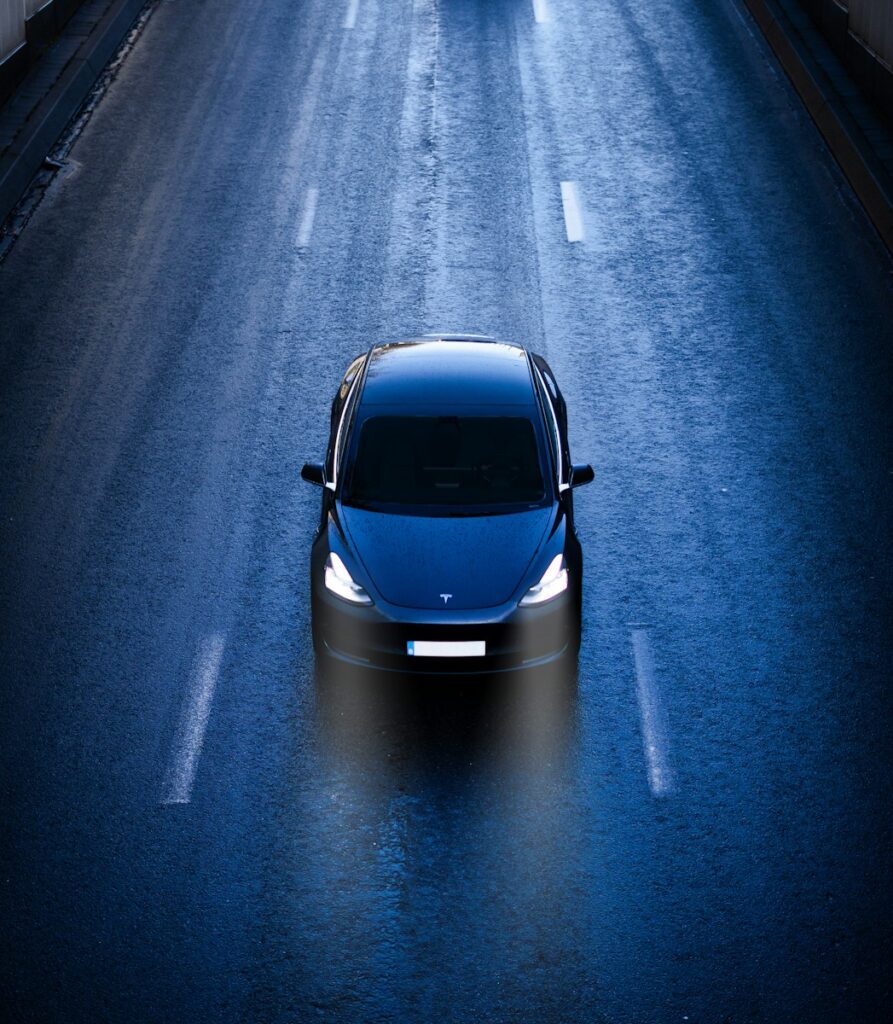
12. **Ignoring Critical Exterior Design Peculiarities and Vulnerabilities** Tesla vehicles are renowned for their sleek, minimalist design, which encompasses distinctive exterior features that, while aesthetically appealing, can pose practical challenges and vulnerabilities if owners are uninformed. Owner Eric Mina, in his comprehensive YouTube review of his 2023 Model 3, underscored several such “Exterior Issues.” A prominent example he pointed out is the design of Tesla’s flat door handles, stating, “It is challenging to use the flat door handles, and there is a need for a light to enhance visibility at night.” These seemingly minor operational idiosyncrasies, while not constituting major defects, can accumulate into daily frustrations.
Beyond these unique functional facets, the exterior of Teslas, particularly their paint system, necessitates meticulous consideration. According to ID Protection, “Concerns about Tesla utilizing a thinner single-stage paint system and softer water-based paint… can lead to an exterior coat that is more susceptible to deterioration from tree sap or bird droppings, sun exposure, or chips and scratches caused by everyday driving debris or improper washing techniques.” While improper washing was addressed in Section 1, this inherent paint vulnerability represents a broader design characteristic of which owners must be cognizant. Furthermore, specific design elements such as the rims are prone to “easy curb rash,” as Mina observed, which significantly detracts from the vehicle’s appearance and can entail repair costs. Understanding these design-specific vulnerabilities and implementing appropriate protective measures, such as parking with care and considering paint protection film (PPF) or ceramic coating as recommended by Tesla, are imperative for maintaining the vehicle’s condition and avoiding preventable damage and associated expenses.
Car Model Information: 2017 Toyota Camry SE
Name: Tesla Model 3
Manufacturer: Tesla, Inc.
Production: 2017–present
Assembly: unbulleted list
Designer: Franz von Holzhausen
Class: Mid-size car
BodyStyle: Sedan (car)
Layout: unbulleted list
Related: Tesla Model Y
Motor: unbulleted list
Transmission: Single-speed fixed (9:1 ratio)
Battery: unbulleted list
ElectricRange: unbulleted list
Charging: unbulleted list
Wheelbase: cvt
Length: unbulleted list
Width: cvt
Height: unbulleted list
Weight: cvt
Caption: 2019 Tesla Model 3 Performance
Categories: 2020s cars, ANCAP large family cars, All-wheel-drive vehicles, All Wikipedia articles in need of updating, All Wikipedia articles written in American English
Summary: The Tesla Model 3 is a battery electric powered mid-size sedan with a fastback body style built by Tesla, Inc., introduced in 2017. The vehicle is marketed as being more affordable to more people than previous models made by Tesla. The Model 3 was the world’s top-selling plug-in electric car for three years, from 2018 to 2020, before the Tesla Model Y, a crossover SUV based on the Model 3 chassis, took the top spot. In June 2021, the Model 3 became the first electric car to pass global sales of 1 million.
A facelifted Model 3 with revamped interior and exterior styling was introduced in late 2023 for countries supplied by Gigafactory Shanghai and in early 2024 in North America and other countries supplied by the Tesla Fremont Factory.
Get more information about: Tesla Model 3
Buying a high-performing used car >>>
Brand: Tesla Model: Model 3
Price: $15,995 Mileage: 41,772 mi.
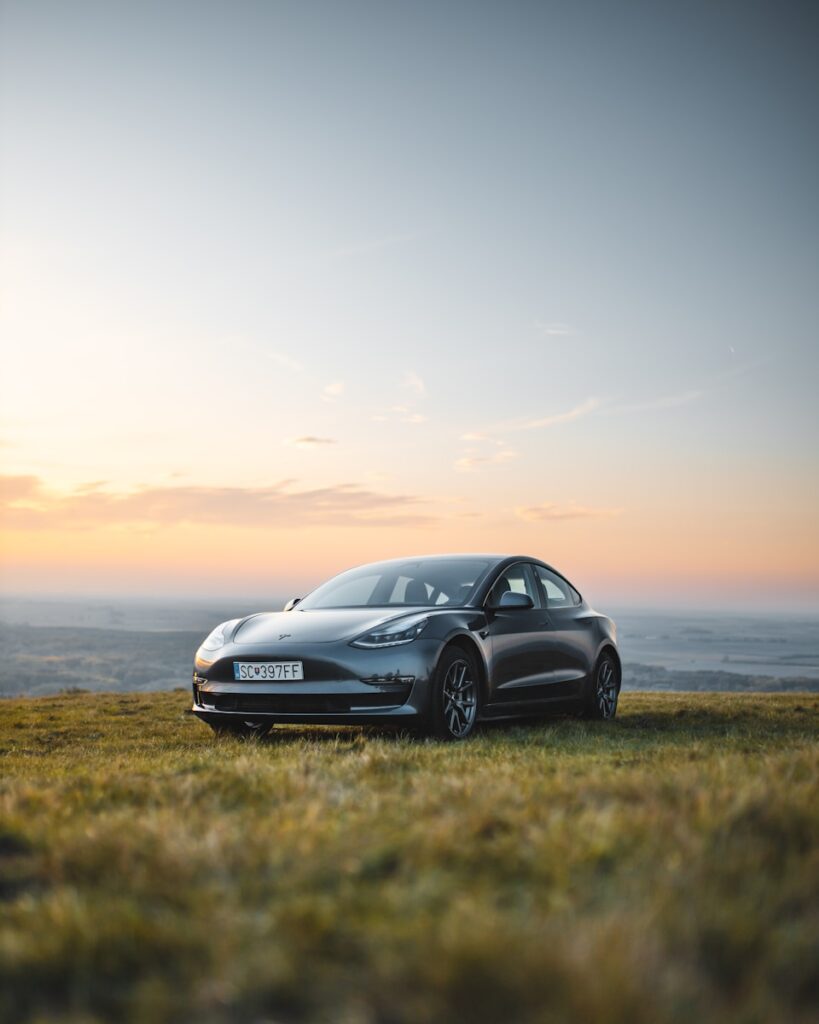
13. **Failing to Anticipate Negative Public Perception and Vandalism Risks** Owning a state-of-the-art vehicle like a Tesla can unexpectedly subject owners to public scrutiny and, in some distressing instances, direct acts of vandalism, thereby introducing an unforeseen layer of cost and anxiety to the ownership experience. A recent survey conducted by Guardian Service unveiled a concerning trend: nearly half (44%) of Tesla owners reported that their vehicles had been vandalized, with incidents ranging from being keyed to having tires slashed. The average repair bill for such incidents is substantial, amounting to approximately $1,900. This issue is notably more prevalent in specific regions, with 46% of owners in the South reporting intentional damage, and it disproportionately affects younger drivers, with a striking 61% of Gen Z owners experiencing vandalism, nearly double the rate of older drivers.
This negative public perception extends beyond physical damage, significantly impacting owners’ peace of mind and driving habits. A substantial 43% of Tesla owners have reported receiving rude gestures or negative comments while driving, contributing to a pervasive sense of anxiety about leaving their vehicles unattended. This fear is not unfounded; 66% of Tesla owners feel anxious about leaving their cars, and 60% admit that concerns about vandalism or escalating insurance costs have compelled them to drive less frequently or avoid certain neighborhoods entirely. Furthermore, a significant number of owners (37%) have even refrained from posting about their cars on social media due to worries about potential negative reactions, with Millennials being the most likely to avoid sharing. These societal reactions not only diminish the pleasure of ownership but can also result in considerable financial burdens stemming from repair bills, highlighting a hidden, often overlooked, cost of Tesla ownership that extends beyond the vehicle itself.
Car Model Information: 2022 Tesla Model Y Long Range Dual Motor All-Wheel Drive
NativeName: nobold
NativeNameLang: sr
Alt: Head-and-shoulder photograph of a slender man with dark hair and moustache, dark suit and white-collar shirt
Caption: [object Object]
BirthDate: [object Object]
BirthPlace: Smiljan, Croatia
DeathDate: [object Object]
DeathPlace: New York City
RestingPlace: Nikola Tesla Museum,Belgrade
Citizenship: ubl
AlmaMater: Graz University of Technology
Occupation: Engineer,futurist,inventor
Awards: ubil
Discipline: ubl
SignificantDesign: Induction motor
SignificantProjects: Wireless power transfer
SignificantAdvance: Polyphase system
Signature: Nikola Tesla signature 1900.svg
Categories: 1856 births, 1943 deaths, 19th-century American engineers, 19th-century Serbian engineers, 20th-century American engineers
Summary: Nikola Tesla (10 July 1856 – 7 January 1943) was a Serbian-American engineer, futurist, and inventor. He is known for his contributions to the design of the modern alternating current (AC) electricity supply system.
Born and raised in the Austrian Empire, Tesla first studied engineering and physics in the 1870s without receiving a degree. He then gained practical experience in the early 1880s working in telephony and at Continental Edison in the new electric power industry. In 1884, he immigrated to the United States, where he became a naturalized citizen. He worked for a short time at the Edison Machine Works in New York City before he struck out on his own. With the help of partners to finance and market his ideas, Tesla set up laboratories and companies in New York to develop a range of electrical and mechanical devices. His AC induction motor and related polyphase AC patents, licensed by Westinghouse Electric in 1888, earned him a considerable amount of money and became the cornerstone of the polyphase system, which that company eventually marketed.
Attempting to develop inventions he could patent and market, Tesla conducted a range of experiments with mechanical oscillators/generators, electrical discharge tubes, and early X-ray imaging. He also built a wirelessly controlled boat, one of the first ever exhibited. Tesla became well known as an inventor and demonstrated his achievements to celebrities and wealthy patrons at his lab, and was noted for his showmanship at public lectures. Throughout the 1890s, Tesla pursued his ideas for wireless lighting and worldwide wireless electric power distribution in his high-voltage, high-frequency power experiments in New York and Colorado Springs. In 1893, he made pronouncements on the possibility of wireless communication with his devices. Tesla tried to put these ideas to practical use in his unfinished Wardenclyffe Tower project, an intercontinental wireless communication and power transmitter, but ran out of funding before he could complete it.
After Wardenclyffe, Tesla experimented with a series of inventions in the 1910s and 1920s with varying degrees of success. Having spent most of his money, Tesla lived in a series of New York hotels, leaving behind unpaid bills. He died in New York City in January 1943. Tesla’s work fell into relative obscurity following his death, until 1960, when the General Conference on Weights and Measures named the International System of Units (SI) measurement of magnetic flux density the tesla in his honor. There has been a resurgence in popular interest in Tesla since the 1990s. Time magazine included Tesla in their 100 Most Significant Figures in History list.
Get more information about: Nikola Tesla
Buying a high-performing used car >>>
Brand: Tesla Model: Tesla
Price: $30,444 Mileage: 33,161 mi.

14. **Encountering Inconsistent Customer Service and Support** Despite Tesla’s innovative capabilities and leadership in the electric vehicle market, reports from a portion of its customer base suggest that the ownership experience may be tarnished by inconsistent and, on occasion, substandard customer service. Reviews on platforms such as Consumer Affairs often cite poor customer service as a primary concern, with Tesla receiving an overall rating of 1.7 out of five stars. One recent reviewer, Erin from Lake Worth, Florida, expressed profound dissatisfaction, writing: “I have leased three Tesla Model S vehicles since 2015… I hate to say that their customer service is the worst experience I’ve ever had with any company. Ever.” She mentioned specific issues, including persistent, erroneous daily text messages regarding a transferred lease and attempts to charge her for tires already purchased at a Tesla service center, highlighting significant communication and billing challenges.
These service – related frustrations can extend to various facets of ownership, including addressing insurance complexities. Many millennials (36%) believe that their insurance companies do not fully comprehend the unique risks associated with owning an electric vehicle, which can generate additional stress when seeking solutions to issues. While manufacturers typically cover recall expenses, such as the issue with the Cybertruck’s accelerator pedal in early 2025, the logistical inconvenience and disruption caused by these mandatory service events can exacerbate owner dissatisfaction, especially for those already struggling with higher insurance premiums or unresolved service concerns. This underscores that while Tesla’s vehicles are at the cutting – edge of automotive technology, the accompanying support ecosystem can be a source of friction, leading to buyer’s remorse for those who encounter these challenges throughout their ownership journey.
Car Model Information: 2017 Toyota Camry SE
Name: Tesla Model S
ModelYears: 2013–present
Alt: A front-three quarter view of a gray Model S
Caption: #2016–2019: First major update
Designer: Franz von Holzhausen
Weight: cvt
Height: cvt
Width: cvt
Length: cvt
Wheelbase: cvt
ElectricRange: cvt
Battery: kWh,lithium-ion battery
Motor: Unbulleted list
Transmission: Reduction drive
Related: Tesla Model X
Layout: Rear-motor, rear-wheel drive,Dual-motor, all-wheel-drive,Tri-motor, all-wheel-drive layout
BodyStyle: liftback,sedan (automobile)
Class: Full-size car
Assembly: Unbulleted list
Production: June 2012 – present
Manufacturer: Tesla, Inc.
Sp: us
Chassis: Unibody
Categories: 2020s cars, All-wheel-drive vehicles, All Wikipedia articles written in American English, All articles containing potentially dated statements, Articles containing potentially dated statements from 2025
Summary: The Tesla Model S is a battery-electric, four-door full-size car produced by the American automaker Tesla since 2012. The automaker’s second vehicle and longest-produced model, the Model S has been described as one of the most influential electric cars in the industry. Car and Driver named it one of the best cars of the year in 2015 and 2016. Its various accolades include the Motor Trend Car of the Year Award in 2013.
Tesla started developing the Model S around 2007 under the codename WhiteStar. Initially, Henrik Fisker was appointed as the lead designer for the WhiteStar project; after a dispute with Elon Musk, Tesla’s CEO, Fisker was replaced by Franz von Holzhausen. By 2008, von Holzhausen had designed what would become the production Model S’s exterior. Tesla unveiled a prototype of the vehicle in March 2009 in Hawthorne, California. In 2010, Tesla acquired a facility in Fremont, California, to produce the Model S, which was previously owned by General Motors and Toyota. Series manufacture of the car officially began at the Tesla Fremont Factory in June 2012. Tesla carried out the final assembly for European markets at its facilities in Tilburg, Netherlands, between 2013 and 2021.
The Model S typically uses either one or initially two alternating current induction motors; since 2019, dual-motor versions have used a permanent magnet motor in the front, though the high-performance Model S Plaid’s three motors are permanent magnet units by default. Constructed mostly of aluminum, the Model S shares 30 percent of its components with the Model X—a crossover SUV that was introduced in 2015. The Model S has undergone several updates during its production, the most prominent ones occurring in 2016 and 2021. These updates have usually included modifications to the motor, such as changes to power or torque, revised exterior elements, and refreshed interior features. One such change included the 2015 introduction of Tesla Autopilot—a partial vehicle automation advanced driver-assistance system.
In 2015, the Model S was the world’s best-selling plug-in electric vehicle. In 2012, it was included on Time’s list of the Best Inventions of the Year, and the magazine later included it on its list of the 10 Best Gadgets of the 2010s in 2019. In 2014, The Daily Telegraph described the Model S as a “car that changed the world”. Road & Track argued that, with the introduction of the Plaid and features such as the yoke steering wheel, Tesla managed to turn the Model S into “perhaps one of the worst [cars in the world]”.
Get more information about: Tesla Model S
Buying a high-performing used car >>>
Brand: Tesla Model: Model S
Price: $15,995 Mileage: 41,772 mi.
As we have explored the myriad potential pitfalls in Tesla ownership, it becomes abundantly clear that the journey with these groundbreaking electric vehicles is far from a simple transaction. From overlooked practical adjustments, such as trunk height settings, to the profound impact of public perception and the nuances of customer support, each detail contributes to the overarching financial and emotional landscape of owning a Tesla. These insights are not intended to deter the enthusiastic, but rather to equip them with the comprehensive knowledge necessary to navigate the complexities, enabling them to make truly informed decisions and, ultimately, to enjoy their innovative machines with greater peace of mind and fewer financial surprises. By understanding these common mistakes and the broader context of Tesla ownership, consumers can proactively mitigate risks, optimize their investment, and truly embrace the future of driving with full awareness.

